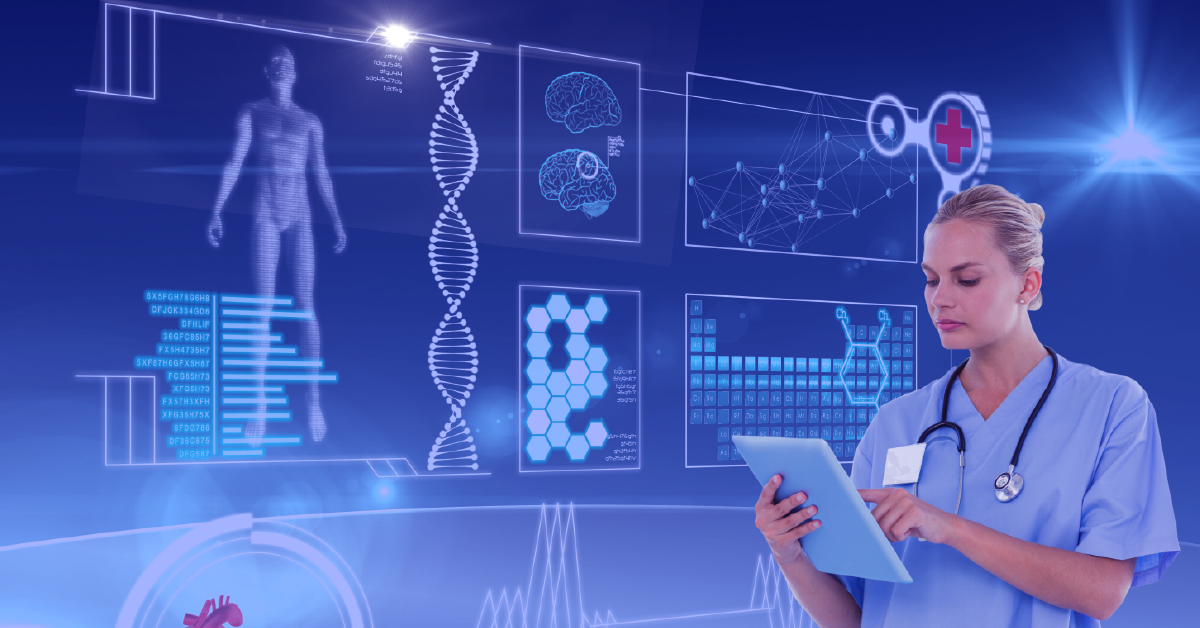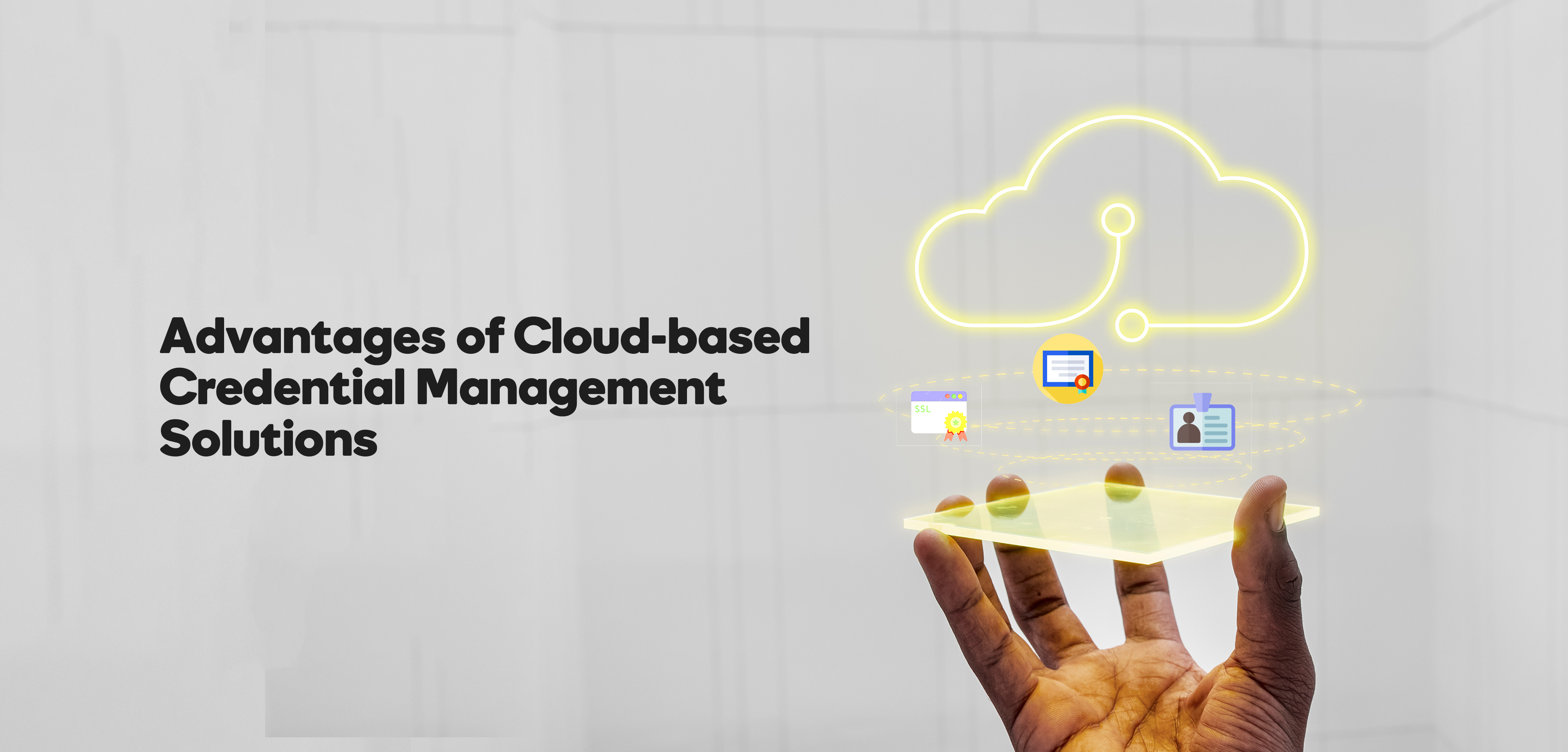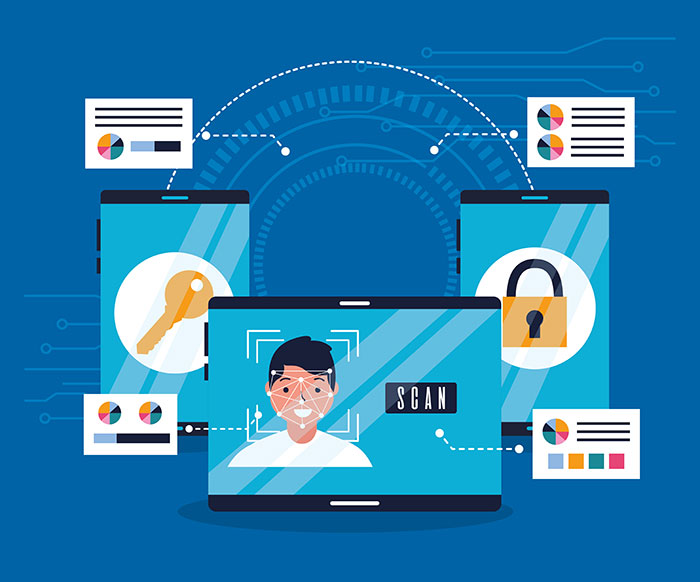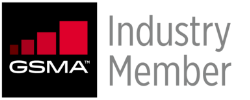The Benefits of Mobile-friendly Occupational Health and Safety Solutions
by Gift

In today’s fast-paced and rapidly changing work environment, ensuring the health and safety of employees has become a top priority for organisations of all sizes and industries. One of the most effective ways to achieve this is by using mobile-friendly Occupational Health and Safety (OHS) solutions. In this article, we will explore the benefits of these solutions and provide examples of how they are being used to improve safety in the workplace.
- Increased Accessibility: Mobile-friendly OHS solutions allow employees to access important health and safety information from anywhere, anytime, using a smartphone or tablet. One of the main advantages of mobile-friendly OHS solutions is increased accessibility. With the widespread use of smart devices, employees can access important health and safety information from any location at any time. This allows employees to stay updated on the latest health and safety guidelines, procedures, and best practices, even when they are not at their desks. For example, a construction company might use a mobile-friendly OHS solution to provide its workers with real-time access to safety protocols, such as proper lifting techniques, personal protective equipment, and emergency response procedures. This helps to ensure that employees are always prepared to work safely, no matter where they are on a job site.
- Improved Communication: These solutions provide real-time communication between employees, supervisors, and safety teams to respond quickly to safety incidents. They improve communication, enabling organisations to take necessary actions to prevent future incidents. For instance, a manufacturing company can use a mobile-friendly OHS solution to allow employees to report safety incidents from their smartphones, enabling safety teams to respond promptly and reduce the risk of injury while ensuring the safety of all employees.
- Enhanced Compliance: OHS solutions enable organisations to comply with regulatory requirements by providing easy access to the latest health and safety guidelines and procedures. These mobile solutions help organisations comply with regulatory requirements by providing effortless access to the latest health and safety guidelines and procedures. Picture a retail company that might use a mobile-friendly OHS solution to provide its employees with real-time access to safety training materials, such as fire evacuation procedures and emergency response protocols. Their employees can follow the same protocols, reducing the risk of non-compliance and ensuring they meet all regulatory obligations.
- Streamlined Data Collection: A case study of a transportation company using a mobile-friendly OHS solution to collect and track safety incidents, such as accidents and near-misses. The data collected can be used to identify trends and patterns, allowing companies to take proactive steps to improve safety and reduce the risk of future incidents. The mobile-friendly OHS solution can provide a more accurate and up-to-date record of safety incidents.
- Increased Engagement: Mobile OHS solutions can increase employee engagement by providing an easy-to-use platform for reporting safety incidents and suggesting improvements. A healthcare organisation might use a mobile-friendly OHS solution to allow employees to report safety incidents and suggest improvements, such as new protocols or training materials. This helps create a workplace safety culture where employees are encouraged to promote safety and prevent accidents and injuries.
Whether in construction, manufacturing, or transportation, mobile-friendly OHS solutions such as Seamfix Care can help organisations stay up-to-date with the latest health and safety guidelines, procedures, and best practices, reducing the risk of injury and ensuring the safety of all employees. These solutions provide a comprehensive approach to ensuring the health and safety of employees.
Related News
The Future of Occupational Health: Trends and Predictions for Service Providers
by Temidayo Afolabi

Over the years, occupational health (OH) has been one core sector that has ensured work has progressed as it should while every personnel maintains the required physical, mental, and social health and wellness status in the workplace. These exploits are not separable from some of the designated activities of the occupational health sector.
Meanwhile, almost everything you could think of is revolving, and so is OH. In the nearest future, some of the trends and predictions to turn the industry around positively are:
Remote Monitoring and Telemedicine
With advancements in technology, occupational health service providers (OHSPs) will increasingly use remote monitoring and telemedicine to provide care to employees. With the right technology, OHSPs can track employees whose health credentials are expiring and will soon require renewals.
Focus on Mental Health
Occupational health service providers will emphasise addressing mental health concerns among employees, as stress and burnout continue to be major issues. Beyond ailments or past health records that can affect employees physically at work, OHSPs will now focus on mental health records and how the recurrence can be avoided among employees.
Integration With AI and Machine Learning
Service providers will use artificial intelligence (AI) and machine learning to improve the efficiency and accuracy of their services, such as through predictive analytics and early warning systems; health hazards could be predicted, and every required measure will be put in place to abate or stop it.
Emphasis on Prevention and Wellness
Through programs such as health screenings, wellness initiatives, and ergonomic assessments, occupational health service providers will focus on preventing injuries and illnesses before they occur rather than just attending to them after they happen.
Greater Use of Wearable Technology
Wearable technology, such as fitness trackers and smartwatches, will be increasingly used to monitor employee health and provide real-time feedback on risk factors. This helps to avoid any time-taking process and deliver prompt results for proactive responses.
Increased Use of Virtual Reality
Virtual reality will be used to provide training, education, and even treatment for work-related conditions.
Greater Use of Data and Analytics
Big data has gained the main stage in recent times. Occupational health will not shy away from leveraging how data can be analysed to reveal patterns, trends, and associations, especially relating to human behaviour and interactions. Service providers will use data and analytics to gain insights into employee health and safety and identify and address workplace risks.
As an OHSP, how can you upgrade your service delivery with these trends?
- Remote monitoring and telemedicine with a solution like Seamfix Care can benefit occupational health providers by allowing them to reach more employees and provide care more efficiently while reducing the need for in-person visits.
- An emphasis on mental health can benefit providers by improving employee well-being, reducing absenteeism and presenteeism, and enhancing productivity.
- Integration with AI and machine learning can benefit providers by allowing them to more quickly and accurately identify potential health risks and improve their services’ efficiency.
- A focus on prevention and wellness can benefit providers by reducing the number of injuries and illnesses in the workplace, which can lower healthcare costs and improve employee productivity.
- Greater use of wearable technology can benefit providers by providing them with real-time data on employee health and fitness, which can help to identify potential risks and improve overall health outcomes.
- Increased use of virtual reality can benefit providers by providing training and education to employees and also allowing employees to recover from injuries more quickly.
- Greater use of data and analytics can benefit providers by giving them insights into employee health and safety and allowing them to identify and address risks in the workplace more effectively.




